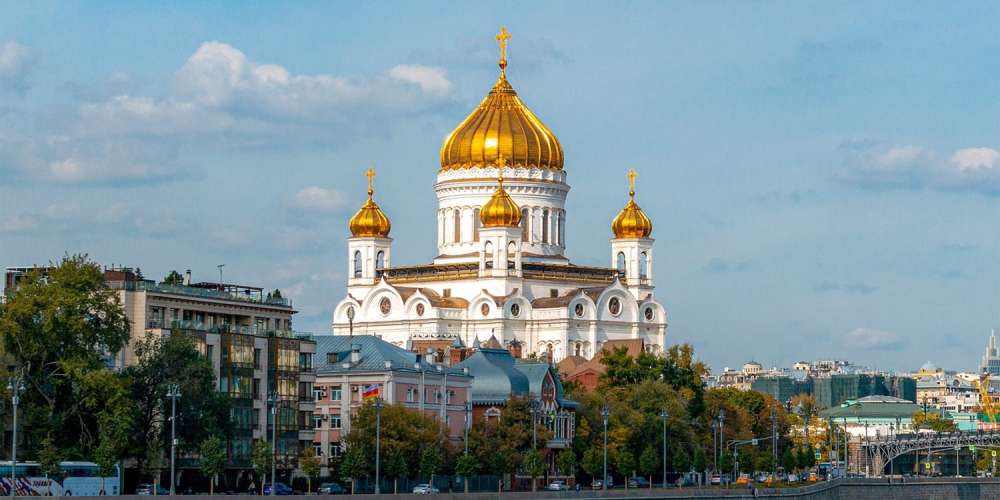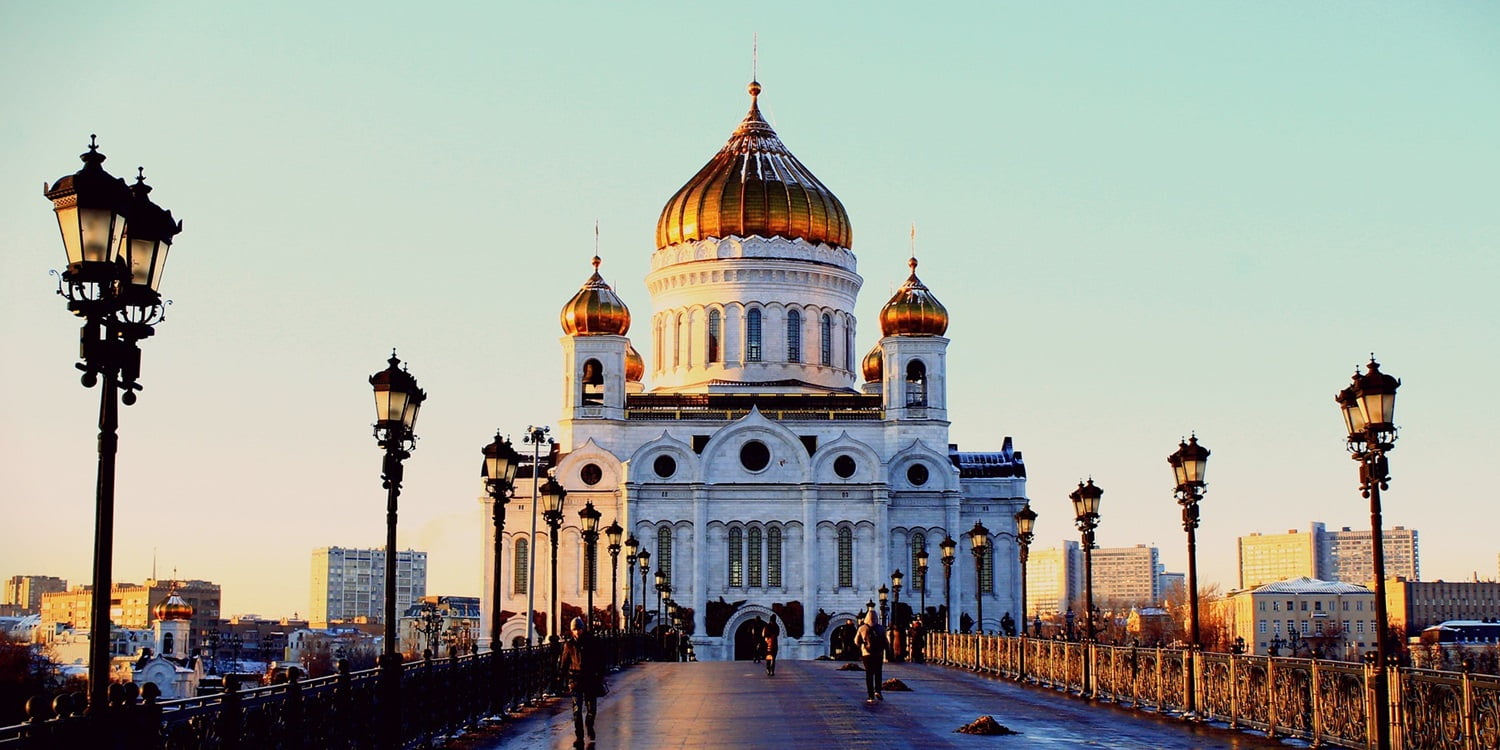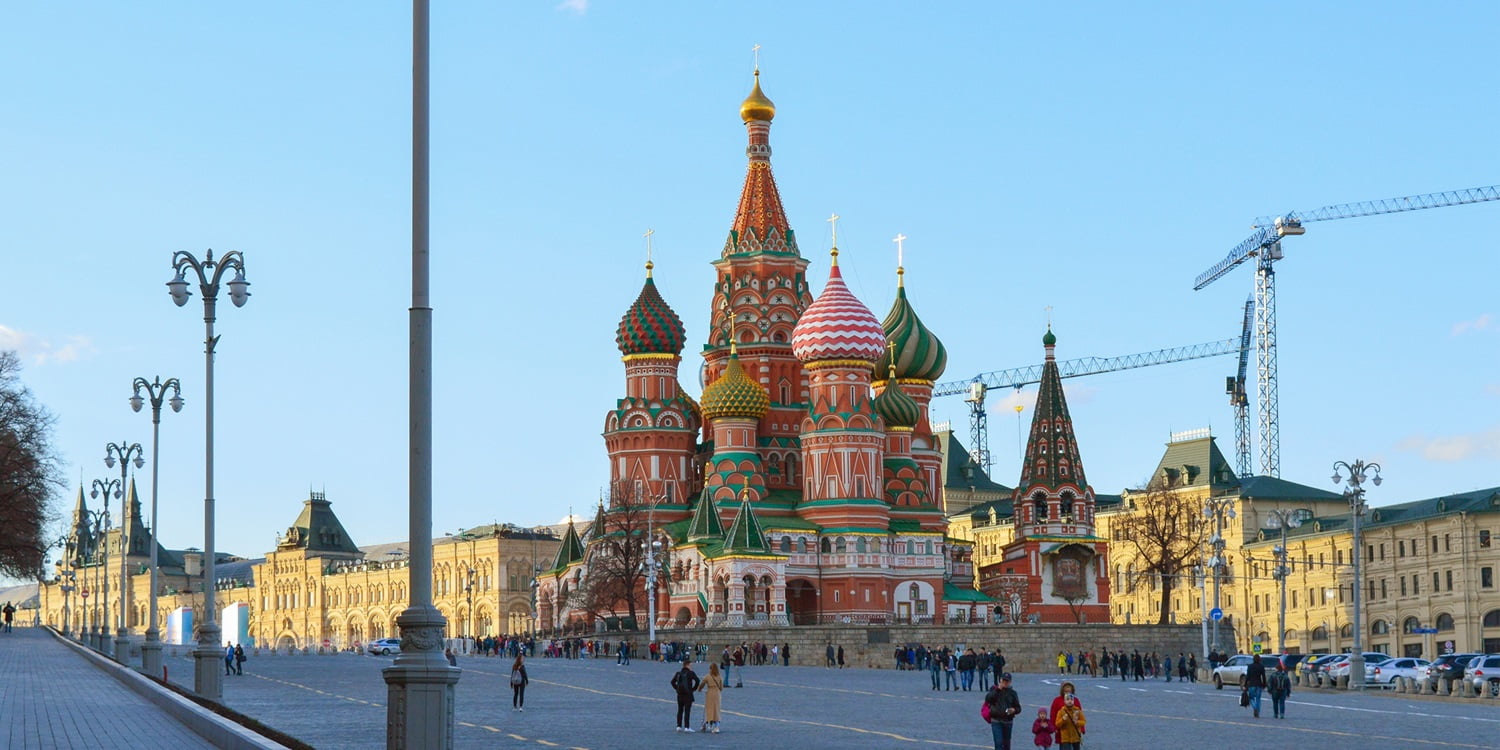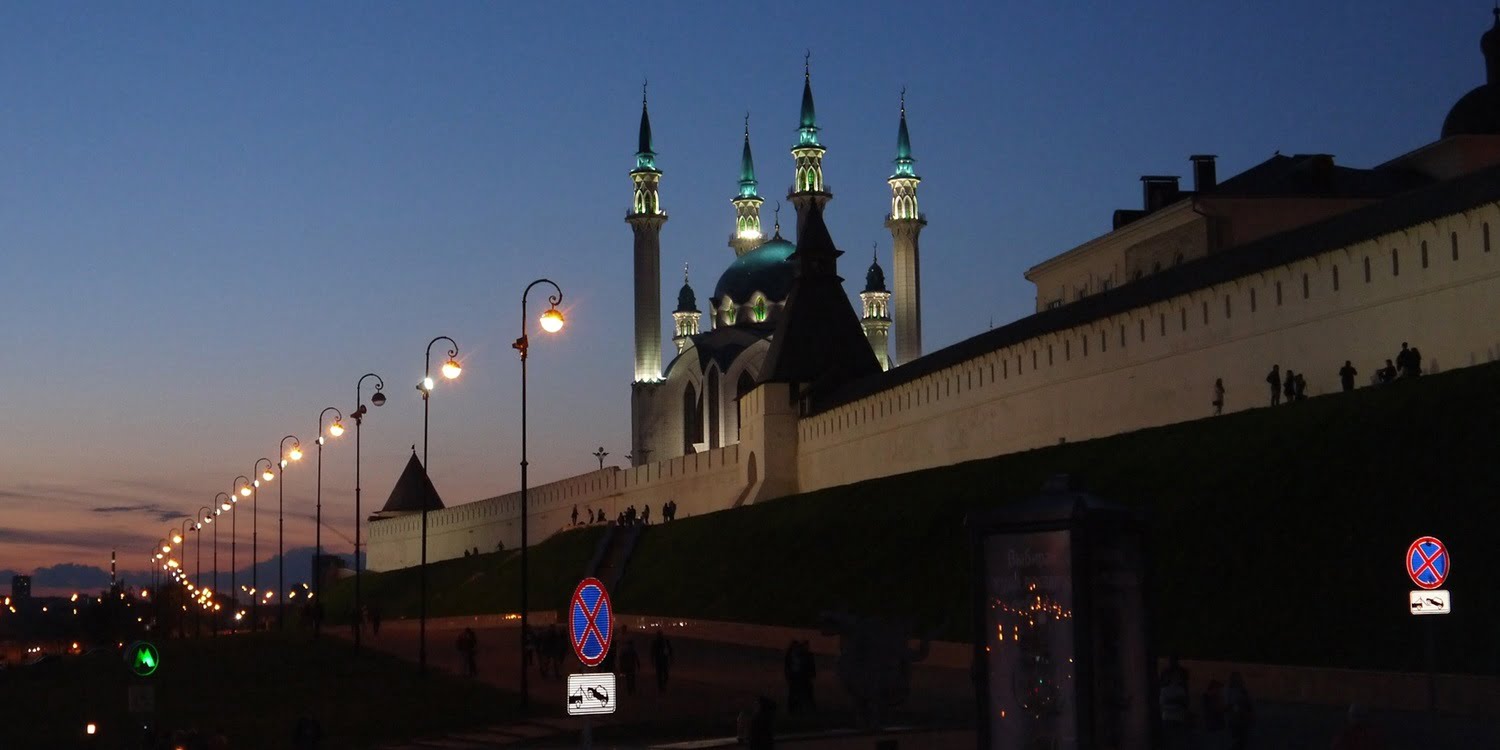
The Moscow Kremlin is not only a fortress of political might but also a sanctuary of Russian Orthodoxy, housing some of the most significant cathedrals in the nation’s history. These cathedrals are not just places of worship; they are repositories of culture, art, and history, each telling a unique story of Russia’s past. Moscow, a city with a rich historical tapestry, is home to a diverse array of religious monuments that reflect its complex past and present. The spiritual landscape of Moscow is dominated by the Russian Orthodox Church, with its majestic cathedrals and churches offering a glimpse into the soul of Russian culture and faith.
The Assumption Cathedral stands as the oldest and perhaps most important cathedral within the Kremlin walls. Built in the 15th century by the Italian architect Aristotele Fioravanti, it was the main church of the Russian state for centuries. Here, grand princes and tsars were crowned, and it served as the religious center where metropolitans and patriarchs were inaugurated. The cathedral also became their final resting place. Despite the political upheavals of the 20th century, the Assumption Cathedral has retained its museum status, preserving its sacred art and historical significance.
The Archangel Cathedral, constructed in the early 16th century by another Italian architect, Aloisio Novyi, is a monument to Moscow’s grand princely family. It became the burial site for Moscow’s rulers, a tradition that underscores the cathedral’s importance in the annals of Russian history. Dedicated to Archangel Michael, the patron saint of warriors, it was a place where Russian leaders would pray before heading to battle.
Unlike its counterparts, the Annunciation Cathedral was built by Russian architects from Pskov in the late 15th century. It adheres to the ancient traditions of Russian religious architecture. This cathedral served as the private chapel for Moscow’s grand princes and tsars, dedicated to the joyous news brought by the Archangel Gabriel to the Virgin Mary about the birth of Jesus. The Annunciation Cathedral is a testament to the personal piety and faith of Russia’s historical rulers.
These cathedrals, along with others like the Twelve Apostles Cathedral and the Church of the Deposition of the Robe, form the Cathedral Square, which is the historic core of the Kremlin. Each structure within this sacred ensemble has witnessed coronations, funerals, and the everyday prayers of the faithful, echoing the spiritual life of the nation.
The cathedrals of the Kremlin are more than just religious edifices; they are a fusion of art, history, and spirituality. Their walls are adorned with frescoes and icons created by the finest artists of their time, and their domes have stood as silent witnesses to the tumultuous history of Russia. They represent the soul of Russian Orthodoxy and the enduring legacy of a culture that has survived through the ages.
Visiting these cathedrals offers a glimpse into the soul of Russia, a journey through time where one can experience the grandeur of the past and the enduring faith that has shaped the nation’s identity. For those interested in exploring these historical and spiritual landmarks, the Kremlin provides guided tours, allowing visitors to immerse themselves in the rich tapestry of Russian history.
The cathedrals inside the Kremlin stand as beacons of the past, guiding us through the corridors of time and offering a place of reflection and reverence. They are not merely structures of stone and mortar; they are the living heart of Russian culture and orthodoxy, inviting all who visit to partake in their timeless story.
Kremlins cathedrals
Certainly, the frescoes and icons within the Kremlin’s cathedrals can be viewed online. The Assumption Cathedral, for example, has a rich digital presence where you can explore its regal monument and the vibrant colors of the frescoes and icons that adorn its interior. Additionally, the Museums of the Moscow Kremlin provide an online view of their iconostasis, which consists of 69 icons arranged in four tiers, depicting various religious figures and scenes. These online resources offer a glimpse into the spiritual and artistic heritage preserved within the Kremlin walls, allowing individuals from around the world to appreciate the beauty and historical significance of these Russian Orthodox treasures.
The Moscow Kremlin Museums’ online collection, which showcases a vast array of artifacts including the frescoes and icons from the Kremlin’s cathedrals, can be accessed through their official website. This digital repository offers a detailed view of the Kremlin’s treasures, allowing you to explore the rich tapestry of Russian history and culture from the comfort of your home. For an immersive experience of the Kremlin’s art and history, you can visit the collection online. Additionally, for more information about the museums and planning a visit, you may refer to the main website of the Moscow Kremlin Museums.
Moscow, a city with a rich historical tapestry, is home to a diverse array of religious monuments that reflect its complex past and present. The spiritual landscape of Moscow is dominated by the Russian Orthodox Church, with its majestic cathedrals and churches offering a glimpse into the soul of Russian culture and faith.

Temple of Christ the Saviour
Among the most notable religious edifices is the Cathedral of Christ the Saviour, standing tall with its golden domes as the tallest Orthodox Christian church in the world. This cathedral, located on the northern bank of the Moskva River, is not just a symbol of religious devotion but also a testament to Russia’s turbulent history, having been reconstructed in the 1990s after its destruction during the Soviet era.

St. Basil’s Cathedral (Pokrovsky Sobor) or Cathedral of Vasily the Blessed
Another jewel in Moscow’s religious crown is the iconic St. Basil’s Cathedral (Pokrovsky Sobor), with its colorful onion domes and rich history dating back to the 16th century. Situated in the Red Square, this cathedral is a UNESCO World Heritage Site and serves as a museum today, attracting visitors from around the globe.

Kazan Cathedral, Nikolskaya Street, Moscow
The Kazan Cathedral, nestled on the bustling Nikolskaya Street, is another significant site, known for its beautiful iconostasis and revered as a symbol of the Virgin Mary’s protection over the city. The Cathedral of the Annunciation, with its striking architecture, is yet another spiritual destination not to be missed.
The religious tapestry of Moscow is not limited to Orthodox Christianity. The city is a melting pot of faiths, with over 900 religious organizations and 40 different denominations. Alongside the predominant Russian Orthodox churches, there are Catholic and Lutheran churches, Buddhist centers, mosques, and synagogues, reflecting the city’s cosmopolitan nature and the freedom of religion that is enshrined in Russia’s constitution.
The Cathedral of the Immaculate Conception, a Gothic-style Catholic cathedral, stands out with one of the largest church organs in Russia. It offers services in multiple languages, catering to a diverse congregation and hosting concerts that blend spirituality with cultural enrichment.
Religion in Moscow, and Russia as a whole, has experienced a revival since the late 20th century. The fall of the Soviet Union marked the end of state atheism and the resurgence of faith traditions, both old and new. Today, Moscow’s skyline is dotted with crosses, crescents, and the distinctive domes of Orthodox churches, each telling a story of faith, resilience, and the human quest for the divine.
As Moscow continues to evolve, its religious heritage remains a cornerstone of its identity, inviting both the faithful and the curious to explore its sacred spaces and the beliefs they represent. Whether one seeks solace, historical insight, or architectural beauty, Moscow’s churches and cathedrals stand as open doors to a rich spiritual journey. For more detailed information on Moscow’s churches and the diverse religions practiced in the city, you can explore the comprehensive list on Wikipedia and other dedicated resources.
Post expires at 12:31pm on Sunday November 3rd, 2024
Leave a Reply